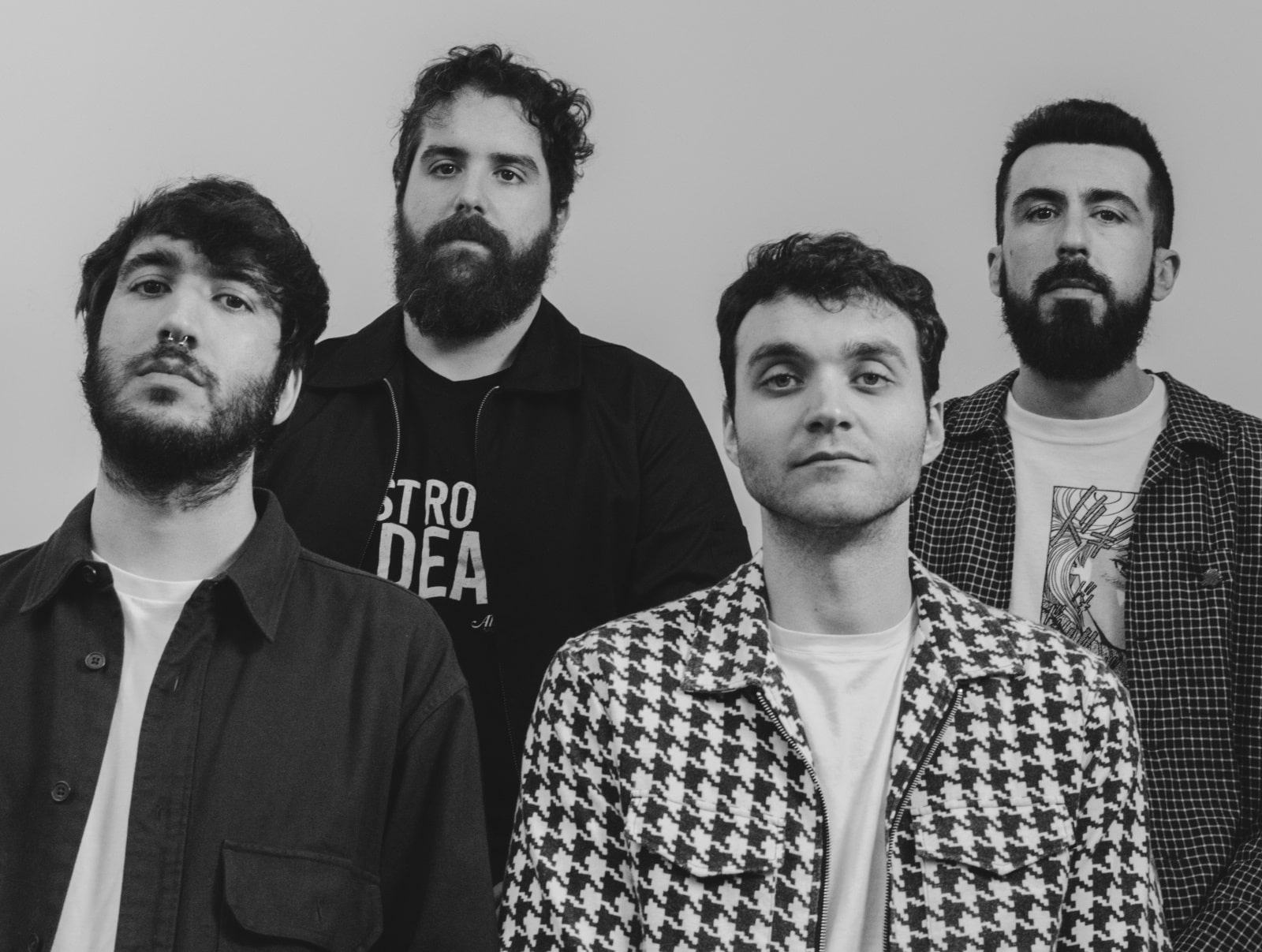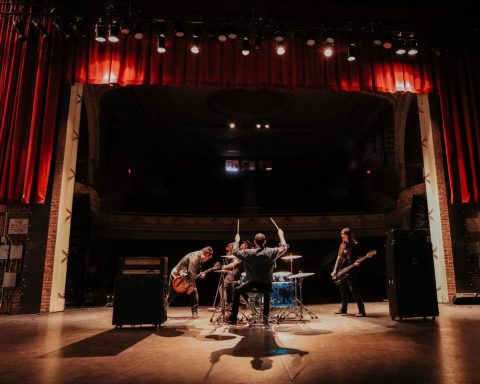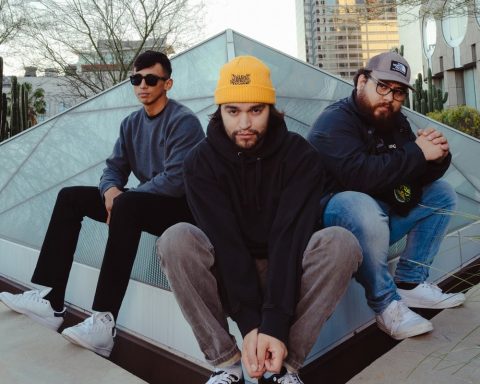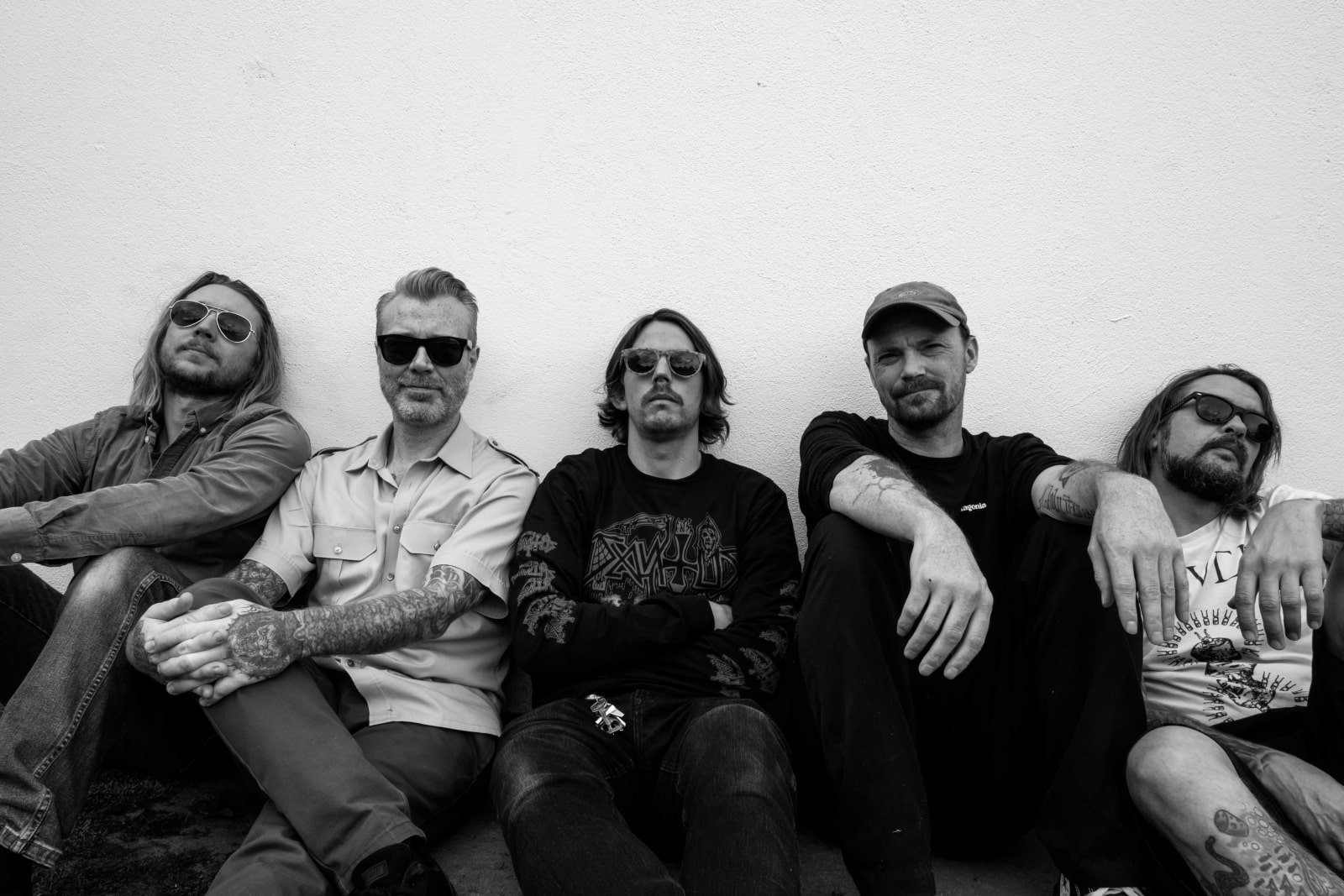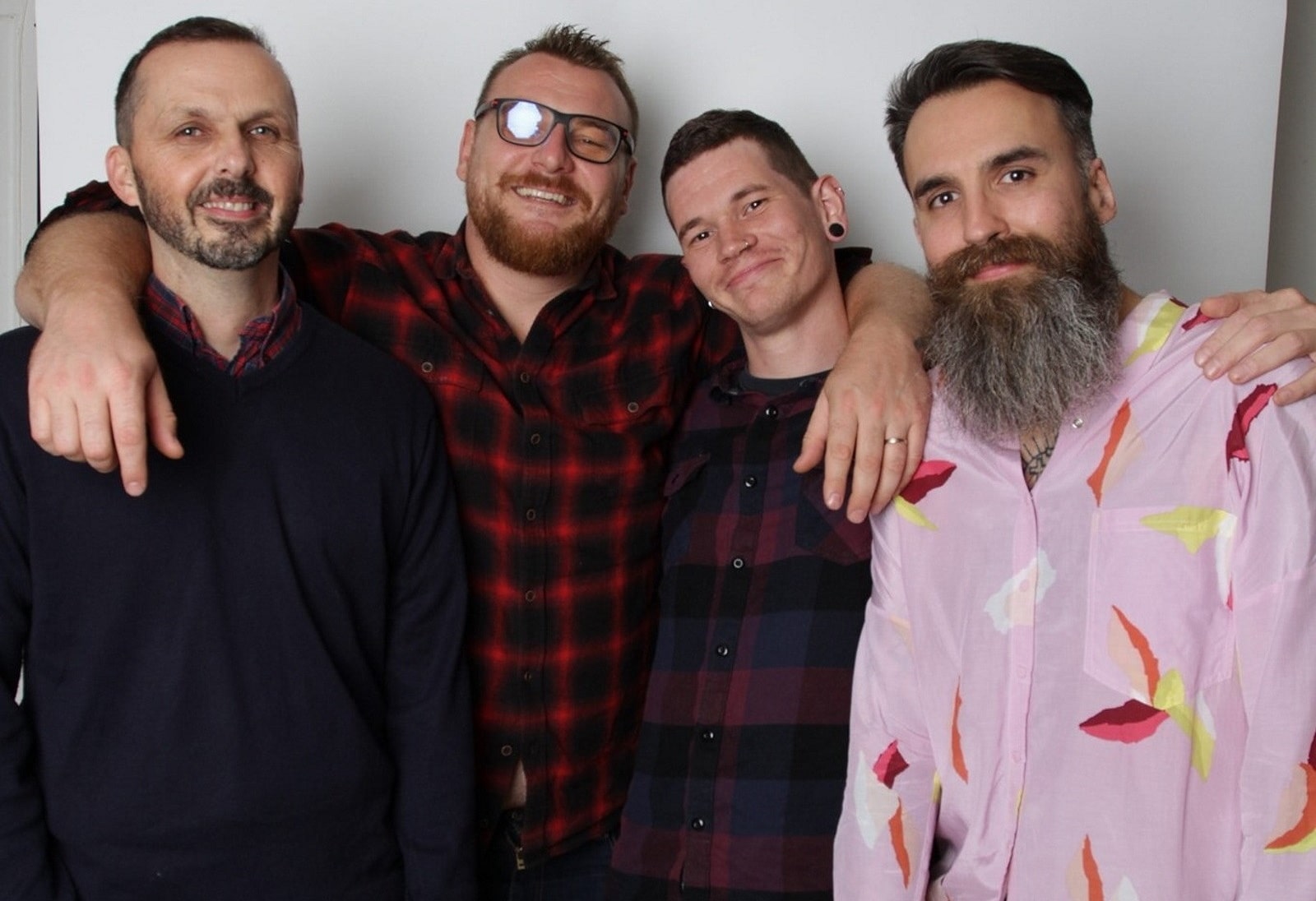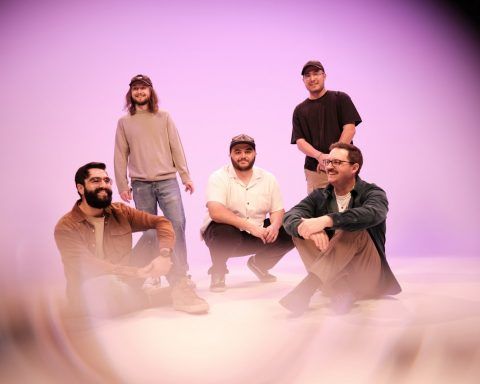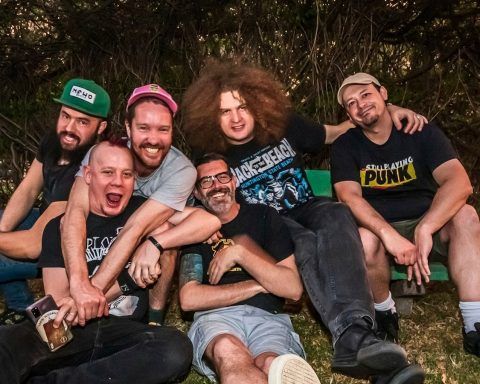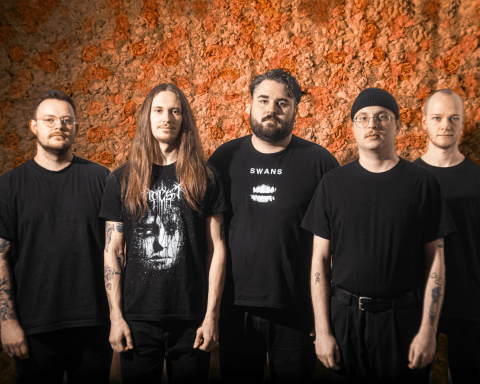Our Spanish friends from VIVA BELGRADO have unveiled their new single and music video “Pena Sobre Pena”, showcasing strong Andalusian influences and the band’s ability to bend and break patterns and engage listeners with their own take on the genre. With lyrics developed using a couple of verses from Augusto Ferrán’s 1861 La Soledad, the new offering comes as something truly special that we decided to break down with our special treatment below.
We have teamed up with the band to explain the influences that helped us shape the song and share their recommended local artists you should look out for.
“We feel Spanish listeners will probably easily identify the references and the aesthetic exercise we’ve tried to crystallize, but we thought it could be harder for non-Spanish listeners to fully understand it.” – admits the band. “We thought it would be interesting to share a piece in English, commenting on some of the influences that helped us write the song, as well as introducing a couple of Andalusian musical references.”
After three LPs and almost ten years as band, VIVA BELGRADO felt it was time for us to stop, look at their creative process from a different perspective and experiment a little. “The EP series we are currently releasing, PARALELOS/MERIDIANOS, is the result of that reflective process, and it is meant to work as frame for our experiments in between albums, that otherwise would probably have no room in an LP.” – explains the band.
With Volumen 1, which contains Un Relato and Un Reflejo, the band decided to work by themselves in studio, with their manager and sound tech Sergio Aloud sitting at the controls, and try to see how they felt having to deal with the weight of the decisions production-wise. “With Volumen 2, after three album recordings with Santi García, we decided it was time to try something different and we chose Raúl Pérez for the recording and mixing of the EP.” – says VIVA BELGRADO.
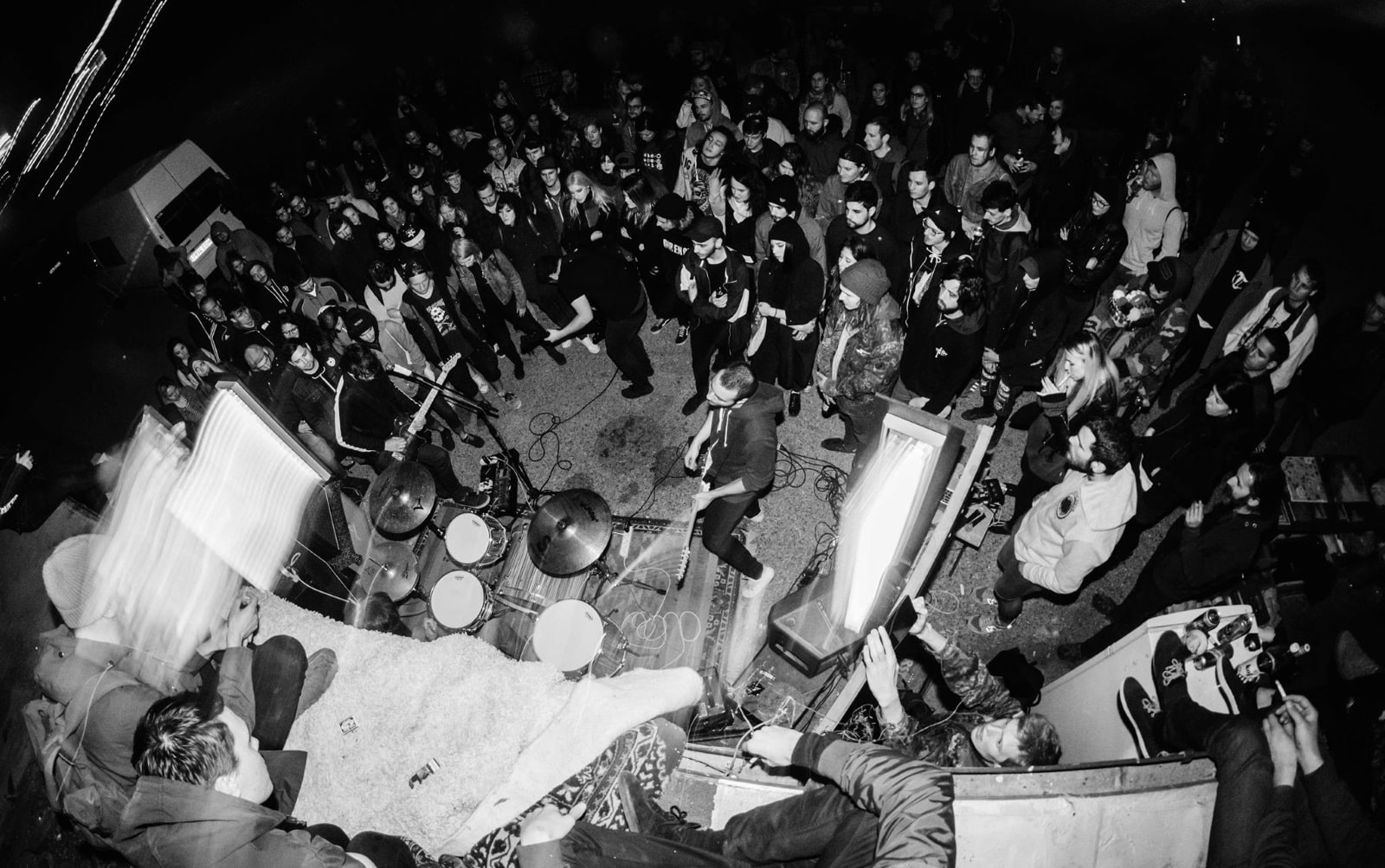
“This decision was not arbitrary. Raúl is a well renown producer in Spain (he has worked with acts such as Pony Bravo, Kiko Veneno or Sen Senra). But he was also born in Córdoba, the city we come from, and his studio, La Mina, is based in Sevilla, Andalusia’s capital city. As we wanted to flirt a bit with Andalusian references for this song, we thought he was the best choice we could make.”
On a lyrical level, the song’s starting point is the “cantares“ poetry.
“On the XIX century, during the romanticism and post-romanticism period, it became popular for poets to document, compile and imitate popular folklore lyrics.” – explains the band. “One of the poets interested in this exercise was Augusto Ferrán, from whom we’ve borrowed the verse which ended up being the title for our song. This verse is found on his book La Soledad (Solitude), published in 1861. On its verses the are flamenco strophic forms to be found, as well as themes and ideas that would later be thoroughly developed in flamenco poetry. One of these themes is the “pena negra” (black sorrow) ethos, that would appear on Lorca’s acclaimed Romancero Gitano.”
“En un calabozo oscuro
sufro penas sobre penas,
y a fuerza de estar a oscuras,
se ha vuelto mi pena negra.”(“In a dark cell
I suffer sorrows upon sorrows,
and by dint of being in the dark,
my sorrow has become black.”)— Augusto Ferrán (La Soledad, 1861)
“Out of interest, Augusto Ferrán and Bécquer (one of the best Spanish — and actually Andalusian poets of all time and one of the most representatives for the Spanish romanticism period) were good friends, and in fact, Bécquer wrote a review for La Soledad that was finally included as a prologue for the book.
On the other hand, the first verse of the song is openly taken from a seguiriya (a flamenco palo) lyric. The Seguiriya is one of the most sad and deeply solemn palos of flamenco.”
“A clavito y canelita me hueles tú a mí. El que no huele a clavo y canela no sabe estinguí”
(“You smell like clove and cinnamon to me. He who does not smell of clove and cinnamon does not know how to distinguish.”)
Here you can check this same seguiriya being performed by Juanito Valderrama:
These are a couple interesting Andalusian artists from now and then, recommended by VIVA BELGRADO. If you dig them, there’s for sure far more to discover.
Triana: One of the biggest rock bands ever to emerge from Spain and the one that best represents Andalusian rock, mixing flamenco elements, Andalusian folklore and progressive rock.
Medina Azahara: Cordoba’s biggest rock band. They’ve been active since 1979 and toured the whole world. Although they are in a more progressive-psychedelic vein they soon got into sounds closer to metal.
Derby Motoreta’s Burrito Kachimba: Probably the modern successors of the Andalusian rock sound, these guys have been killing it for a few years now with awesome proggy songs and amazing live performances.
Califato ¾: An amazing mix of Andalusian folklore and electronic music: from Easter/Holy Week sounds to breakbeat.
María José Llergo: Coming from Córdoba’s Pozo Blanco, just as Raúl Pérez, the engineer for our song, María José Llergo is mixing flamenco with modern pop sounds.



